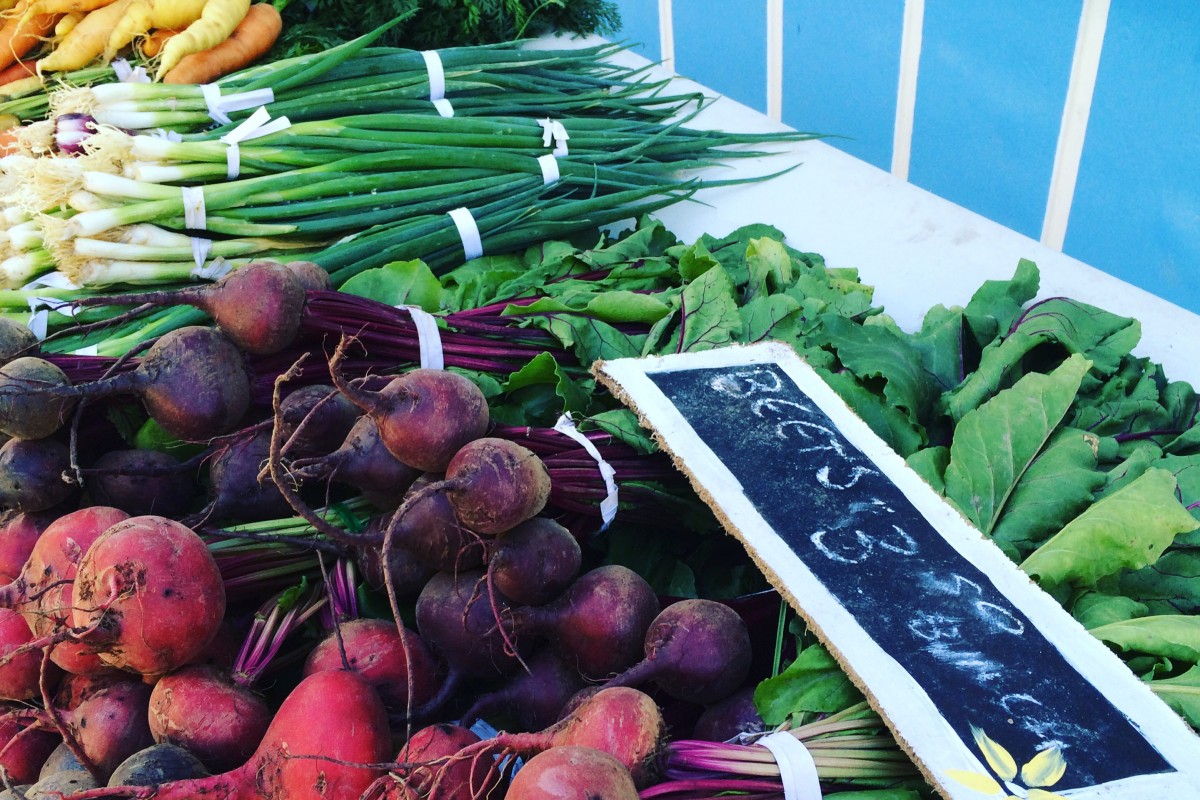
Getting your family, especially your kids, inspired to try new things can be quite the challenge. Food is one of those tricky areas where it already seems impossible to please everyone. Whether you have a picky eater or a non-stop snacker, teaching children about local food is a great way to get them involved with their community and encourage them to enjoy more fresh foods.
Understandably, the last thing you need is to add more to-dos to your already mile long list, but there are some easy, fun ideas worth trying in order to get your kids involved and educated about the importance of locally grown food — From going to your local farmer’s market, to growing your own fruits and veggies, to learning about the connection between the slow food movement, climate change, and more.
While there are many advantages of eating local, there are certainly some challenges, particularly related to accessibility. When thinking “local,” various ideas might come to mind. Local could be the tri-state area to some, while others view local as within their city’s limits. With that in mind, one of the biggest challenges faced by those wanting to eat more locally grown produce are what some refer to as food deserts.
Food deserts happen when supermarkets move to middle and upper class areas of cities and those without cars in lower-income neighbourhoods end up having to make quite the journey to get healthier options, rather than picking up the processed foods readily available. As Freightpros explains, “Super-fresh, premium, healthy food from small farms goes to the highest bidder, and the big markets are often in more wealthy areas.”
Not all hope is lost though. Advancements in shipping technology has been making the effort to fill in these gaps, allowing more people to have access to organic and fresh food. Of course, if you are lucky enough to have a nearby farmers market, shopping there is going to be the best option and definitely worth taking advantage of, but it’s also possible to reap the same benefits if you live in a secluded town.
Eating local, beyond making your meals more nutritious (and hopefully more delicious!), is also a great way to get your family learning about the importance of being more environmentally conscious and accustomed to a more sustainable lifestyle. Furthermore, according to Concordia University, environmental education can also help increase kids’ civic engagement and interests.
Getting your family involved with the local food market also opens up a whole new community of people you and your kids can talk with and learn from. By being connected with local farmers, your family can have a better understanding about the kind of hard work that goes into growing the food they eat three times a day, cultivating a better appreciation for their meals, and hopefully encouraging them to waste less food.
All this local food eating might be in vain if your child happens to be the world’s pickiest eater, and acts as though they’re allergic to anything green. One way to get children more interested in eating fruits and vegetables is to have them grow the plants themselves. Whether you use a container garden, dedicate a gardening section in the backyard, or even ask a local farmer if your kids can help out once a week, getting them involved with the whole process, from seed to dinner plate will have them more excited about eating their fruits and veggies.
By involving kids with their own crops, so to speak, they will feel more accomplished and proud of all their hard work, and that tends to make dinner taste even better. Furthermore, cultivating a variety of colorful plants not only provides a broader range of nutrients and flavors, it can make each meal more appetizing. If you need some inspiration, the College of Westchester suggests a few way to put your fresh crops to use by trying:
Getting more healthy choices on the table and in the garden can create a healthier family and hopefully satisfy even your pickiest eater.
Even if it’s not always possible each week, trips to the local farmers market could be your family’s new tradition. Teaching your children about local food can get them more involved with their community and more aware of the importance of sustainability all while giving them a fresh, delicious meal. Good luck!
Interested in learning more? Check out these related books on Amazon:
Author Bio:
Avery T. Phillips is a freelance human being with too much to say. She loves nature and examining human interactions with the world. Comment or tweet her @a_taylorian with any questions or suggestions.
Disclosure: This post contains Amazon affiliate links. If purchases are made through these links, we may make a small commission to help fund this blog. You can read my full disclosure statement here.
One thought on “Eat Local: Tips for Teaching Children About Local Food”
Pingback: Tips to Become an Eco-Friendly Family - The Big To-Do List